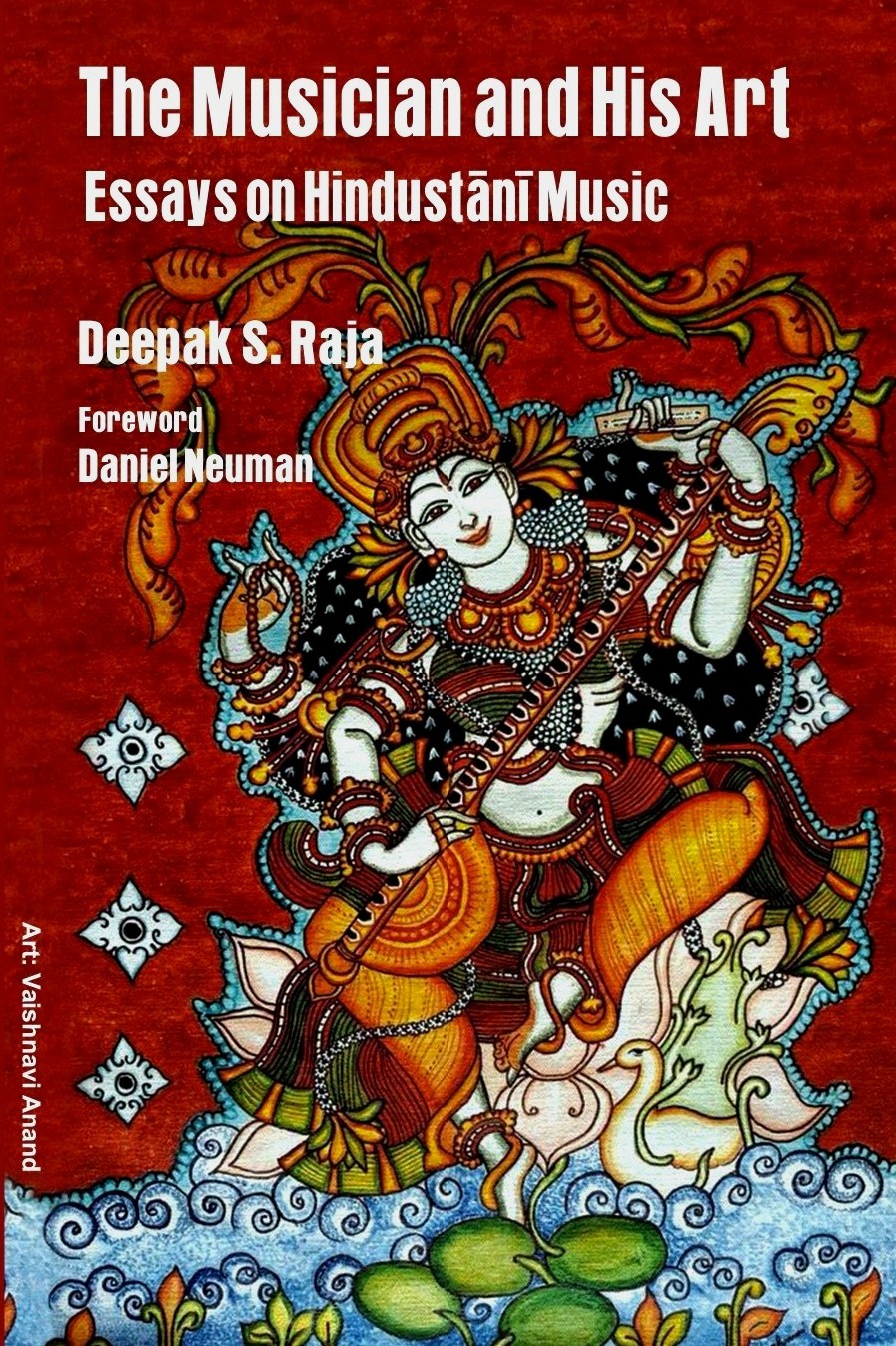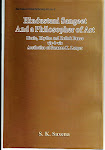 |
| MS GOPALAKRISHNAN |
During his trips to India, the iconic Western violinist, Lord Yehudi Menuhin, never failed to meet and hear MS Gopalakrishnan, the Indian violinist. Interestingly, Gopalakrishnan commands equal stature amongst Carnatic and Hindustani connoisseurs. His musical persona virtually sums up the story of the violin in Hindustani music.
How it all began
The violin came to India with European colonists -- the French in Pondicherry, the Portuguese in Goa, and the British in Bengal. It was introduced to Indian art music by Baluswamy Dikshitar (1786-1858), a brother of the legendary Carnatic composer, Muthuswamy Dikhsitar. By the end of the 19th century, the violin had been enthusiastically accepted at the Mysore and Travancore courts. Since then, several generations of violinists have worked to make the violin a major instrument in Carnatic music.
The instrument entered Hindustani music in the 1930s through the initiatives of Allauddin Khan (Baba), Vishnu Digambar Paluskar, SN Ratanjankar, and Gajananrao Joshi.
Allauddin Khan, also a master of the violin, published the first ever violin recording of Hindustani music on a 78 rpm disc. His disciple, Timir Baran, introduced the violin to film industry orchestration, and another disciple, VG Jog, emerged as a towering violinist. SN Ratanjankar, the principal of the Maris College of Music at Lucknow, invited VG Jog to teach at the institution.
Around the same time, Vishnu Digambar invited Parur Sundaram Iyer, an eminent Carnatic violinist (the father of MS Gopalakrishnan) to teach at Gandharva Mahavidyalaya. Gajananrao Joshi, an eminent vocalist of the Gwalior gharana, was ordered by his patron, the feudal chief of Aundh in Maharashtra, to master the violin – which he did without a teacher, and later groomed several young violinists.
Second fiddle or first?
Until the acceptance of the bowed instruments in art music, the Hindustani and Carnatic traditions both gave pride of place to the Veena as an accompanist to vocal music. Once violin accompaniment partially replaced the Veena in Carnatic music, it was also able to emerge as a solo instrument. When the violin entered Hindustani music – almost three generations after its Carnatic debut -- the Sarangi was the preferred accompaniment, but fast losing ground to the Harmonium. Hindustani music thus ended up reserving the violin for solo performance, and using it only sporadically as an accompaniment.
For evolving into a mature instrument for Indian art music, the violin has thus had much more time and much wider exposure in the Carnatic tradition, than in Hindustani music. Little wonder then that Hindustani music remains indebted to Carnatic music for the art of the violin.
Contemporary Hindustani violinists
The most venerated violinist is MS Gopalakrishnan (born: 1931), popularly called MSG. He studied the violin in the Carnatic and Hindustani traditions with his father, Parur Sundaram Iyer. After his father’s demise, he studied Kairana gharana (Hindustani) vocalism with Guru Krishnananda. He exploded onto the Hindustani music scene in his early youth, accompanying leading vocalist like Omkarnath Thakur, DV Paluskar and Bade Gulam Ali Khan. His trajectory in Carnatic music was equally sensational. Despite a less frequent presence on the Hindustani platform, his name spells magic amongst connoisseurs in both the traditions.
 |
| DK DATAR |
In the same generation as MSG, the Paluskar tradition of the violin is represented by DK Datar (born: 1932). He studied the violin under Vighneshwara Shastry, and vocal music under his uncle, DV Paluskar.
The Carnatic tradition continues to lead the Hindustani art through N Rajam (born: 1938). She studied Carnatic music under her violinist father, Narayana Iyer, and the famous vocalist, Musiri Subramaniam Iyer. While still in her teens, she became a concert performer and accompanist to the tallest Carnatic vocalists, including MS Subbalakshmi.
 |
| N RAJAM |
She later enrolled for a degree from the Benares Hindu University (BHU), where Omkarnth Thakur headed the Faculty of Music. Once she joined BHU as a Lecturer, her musical persona flowered as a performer, teacher, and academician under her mentor’s supervision.
The Hindustani violin today
Rajam is acknowledged as the foremost Hindustani violinist today. In the next generation, the significant Hindustani violinists are both Rajam’s disciples -- her daughter, Sangeeta Shankar, and her niece, Kala Ramnath, who later became a disciple of the distinguished vocalist, Jasraj. In a sense, quality Hindustani musicianship on the violin is presently the domain of Carnatic expertise.
While pockets of violin training do exist in the Hindustani music world, there is still a noticeable absence of a “violin culture” which can nurture quality musicians. Violin enthusiasts hope that Hindustani music will continue to attract exceptional violinists from the Carnatic culture at least for a few more generations.
Note: For a detailed report on the Violin in Hindustani music, refer "Hindustani Music Today", by Deepak Raja. DK Printworld, New Delhi.













